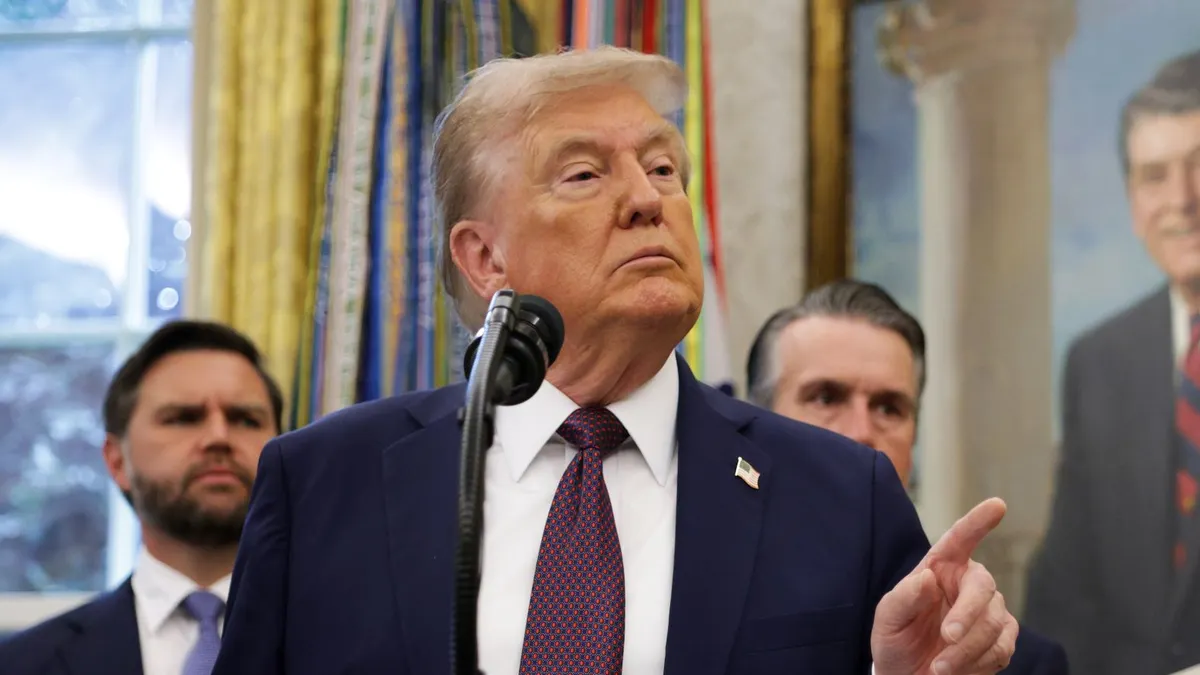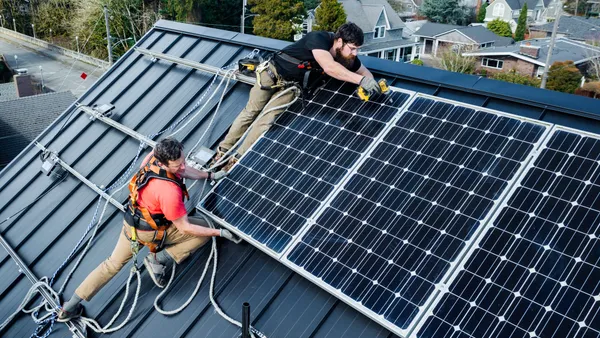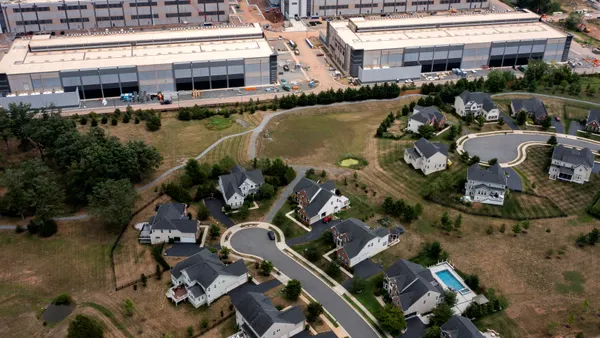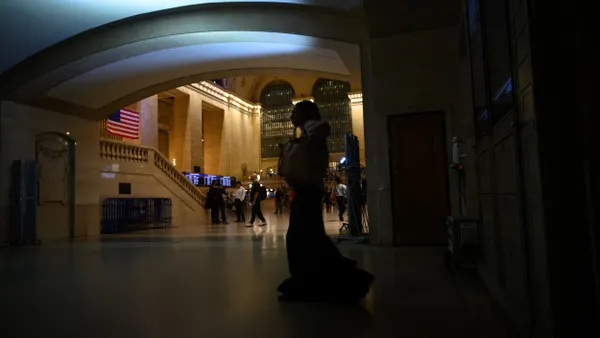Dive Brief:
- President Donald Trump delivered his first State of the Union address on Tuesday, saying his administration has "ended the war on beautiful, 'clean coal.'"
- The president also called for Congress to send him a bill that "generates at least $1.5 trillion" for infrastructure, but included no details of that proposal or other energy policies. A draft White House plan released last week advocates for the rollback of environmental regulations to speed project approvals.
- Fact-checkers panned the president's energy comments, pointing out that market forces are chiefly responsible for coal's decline, rather than federal regulations.
Dive Insight:
President Trump spent little time on energy issues during his first State of the Union address, but the two sentences directed at the sector were enough to spark critiques from fact checkers and energy analysts.
While President Obama did enact tougher regulations on power plant emissions like carbon and mercury, it's largely competition from cheaper natural-gas fired plants that is responsible for coal's decline today, the LA Times noted. That conclusion jibes with findings from federal labs funded by the Department of Energy, as well as the DOE's own grid study and independent reports like one from Columbia University.
Energy analysts and industry voices joined in on Twitter to critique the statement. Former Obama DOE official Tyler Norris noted that the Trump administration's budget proposal would slash funding for carbon capture and storage (CCS), technology that typically defines the term "clean coal."
Trump last night claimed his admin "ended the war on beautiful, clean coal." The reality is the opposite. His admin has tried to dismantle the carbon capture & fossil R&D budget. Arguably no admin has done more to damage prospects for "clean coal." @bradplumer @vsiv @JesseJenkins pic.twitter.com/IUsywPkW9N
— Tyler Norris (@tylerhnorris) January 31, 2018
Trump did not mention CCS technologies in his speech, raising questions over his use of the "clean" descriptor. As the White House looks to cut CCS funding, leaders at DOE and the Environmental Protection Agency have stepped up talk of ultra-supercritical coal plants in recent months, which are more efficient, modern generators, but do not necessarily capture their emissions.
During a visit to an advanced supercritical plant this summer, Energy Secretary Rick Perry reportedly indicated that when the administration uses the term "clean coal," it also refers to the more efficient combustion technologies. EPA Administrator Scott Pruitt was scheduled to travel to a Japanese ultra-supercritical plant this month before the government shutdown derailed his plans.
Increasing efficiency of existing coal plants is expected to be the bedrock of Pruitt's replacement for the Clean Power Plan, an Obama-era pollution regulation. Instead of pushing coal plant owners to invest in lower-emitting fuel sources, the replacement rule is likely to only require modest efficiency upgrades at existing plants.
That regulation would align with calls from some influential members of the coal industry to reduce federal focus on CCS research. In a memo delivered to the White House last year coal magnate Bob Murray called CCS a "pseudonym for no coal" and urged an elimination of funding. A number of Trump administration actions on energy have aligned with the memo, including the DOE's proposal to lend cost recovery to coal and nuclear plants.
Regardless of Trump's regulatory actions, new coal plants are unlikely in the U.S. due to comparatively low operational and capital costs for natural gas generators. Environmentalists also point out that while ultra-supercritical plants are more efficient than the typical U.S. plant, they are not clean enough to meaningfully combat climate change. Longview Power Plant, the facility Perry visited, is about 20% more efficient than the average generator and is the nation's most efficient coal plant.












